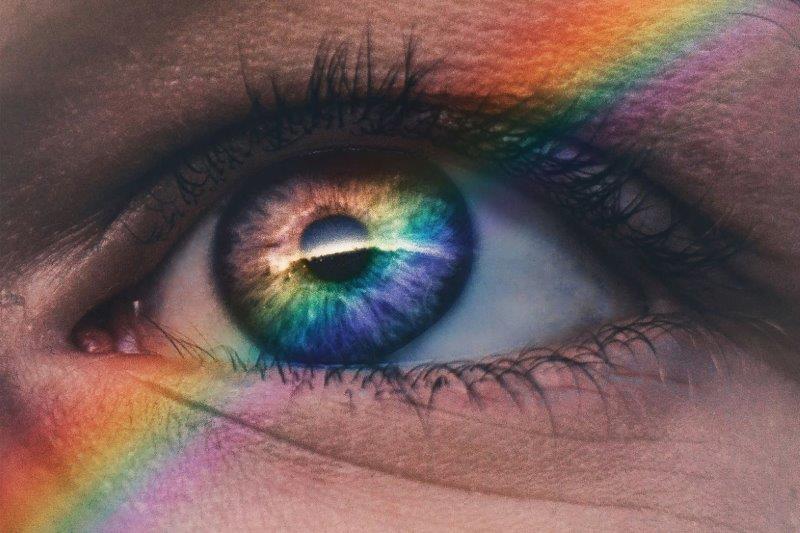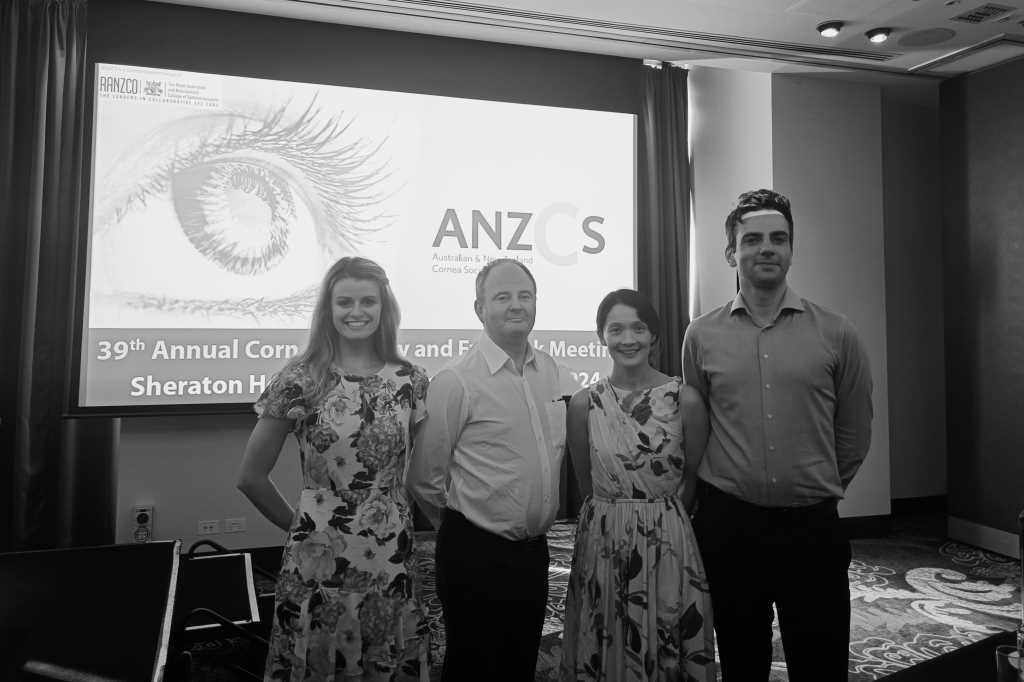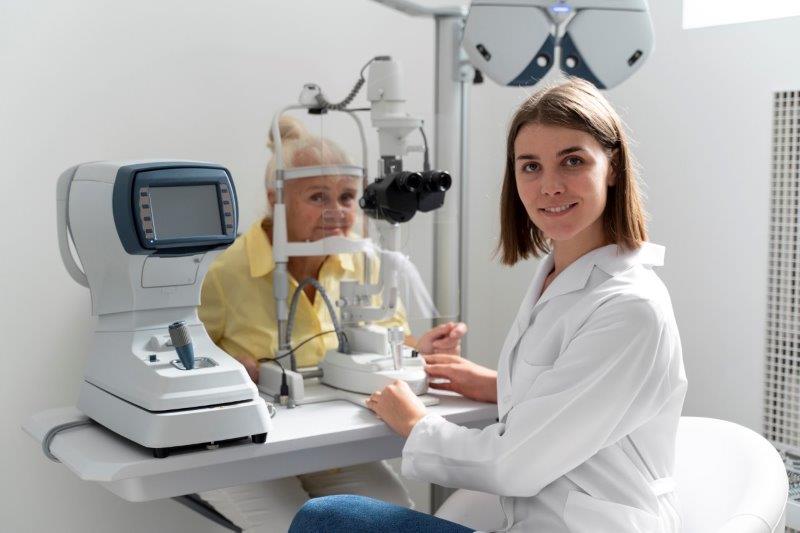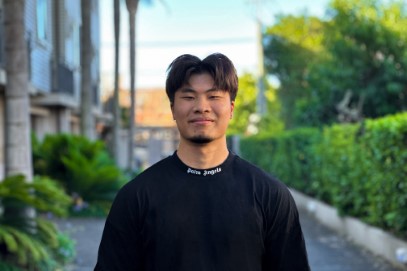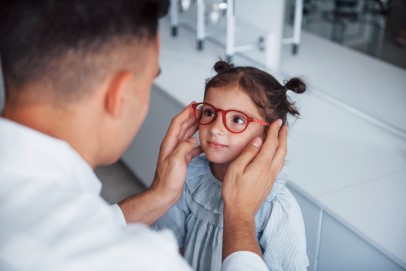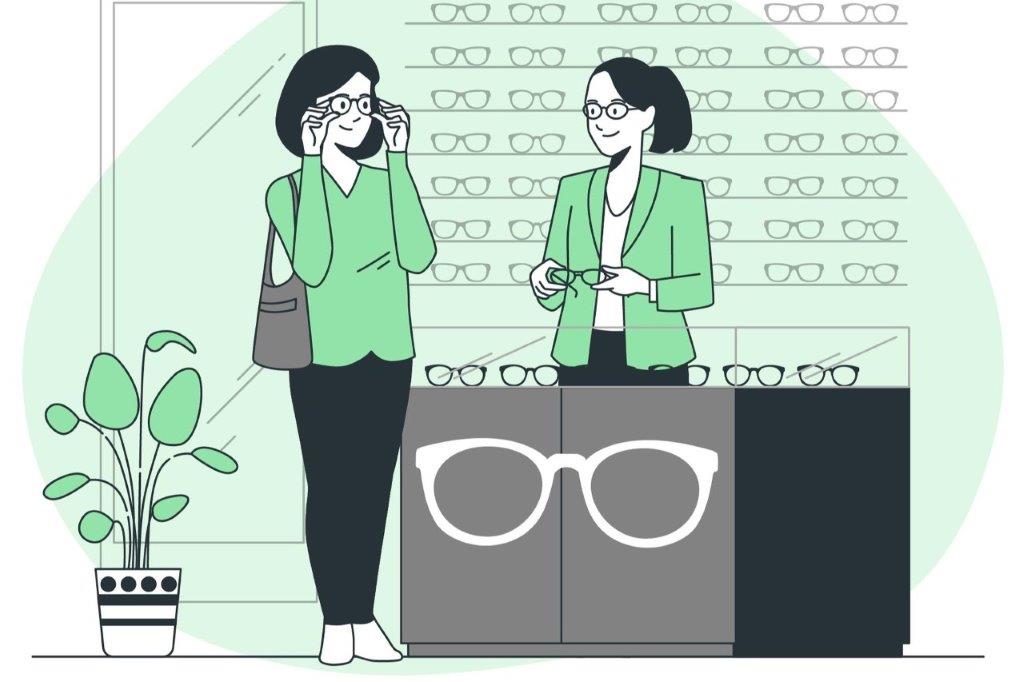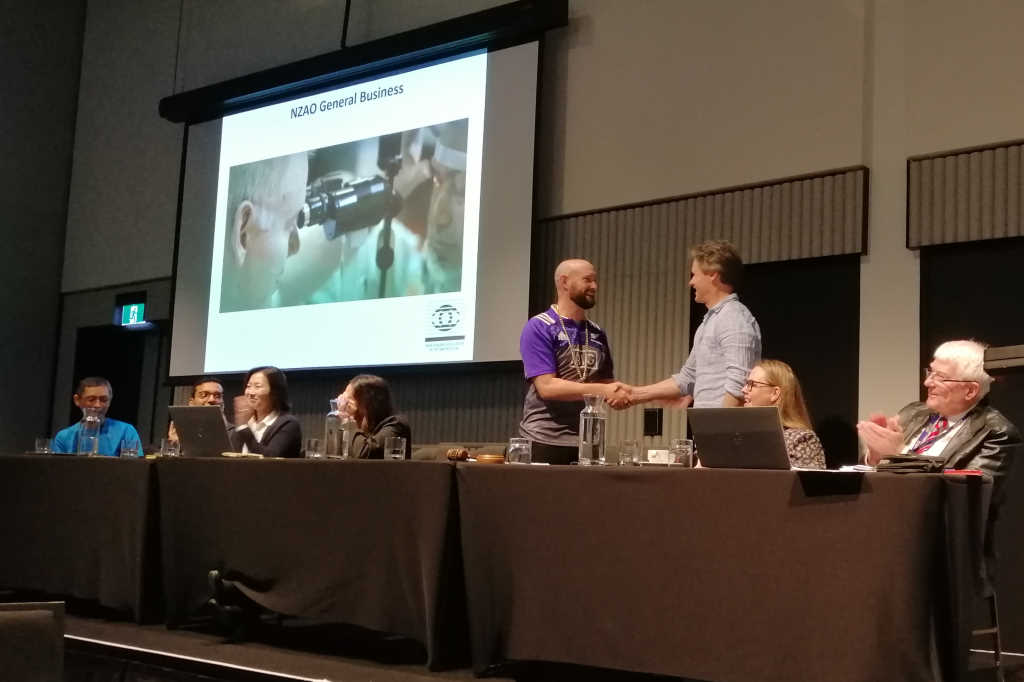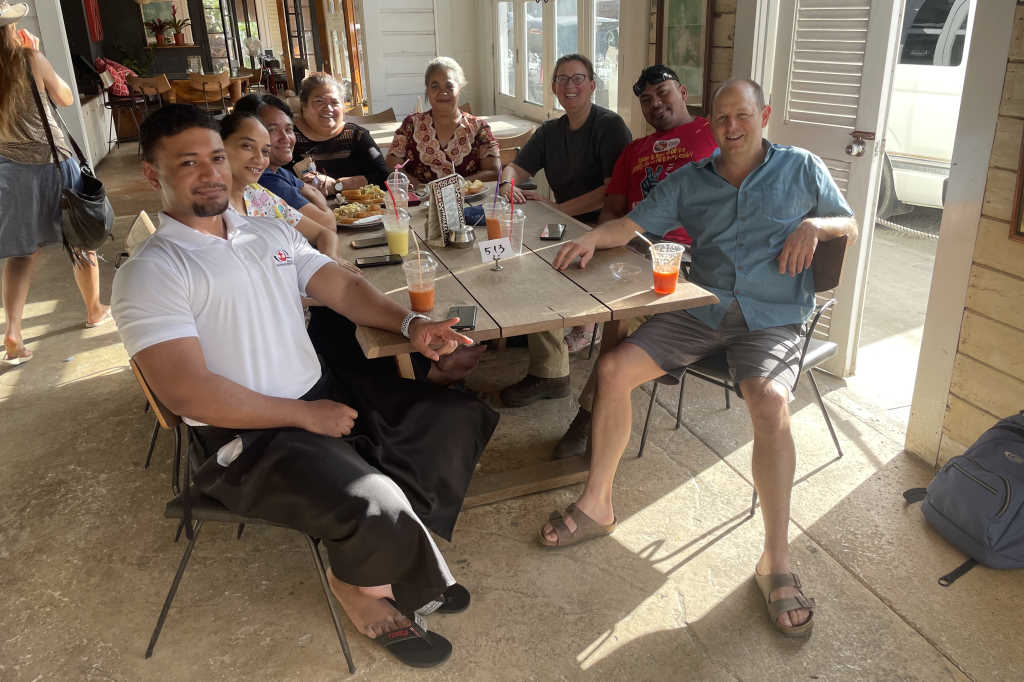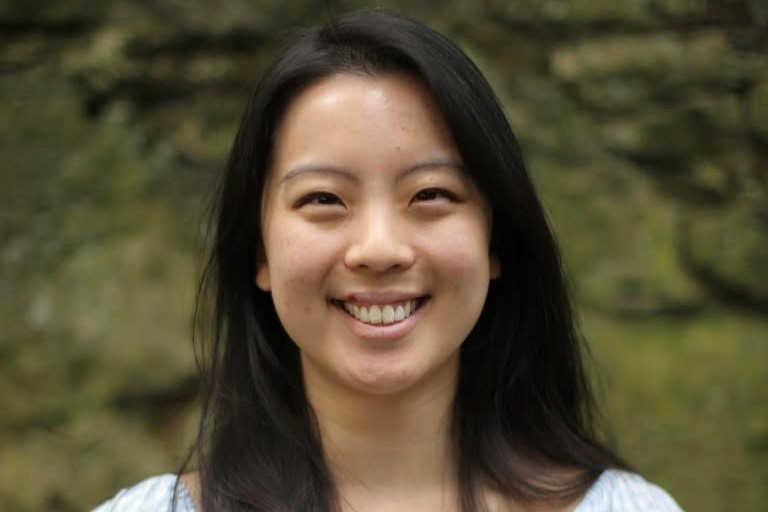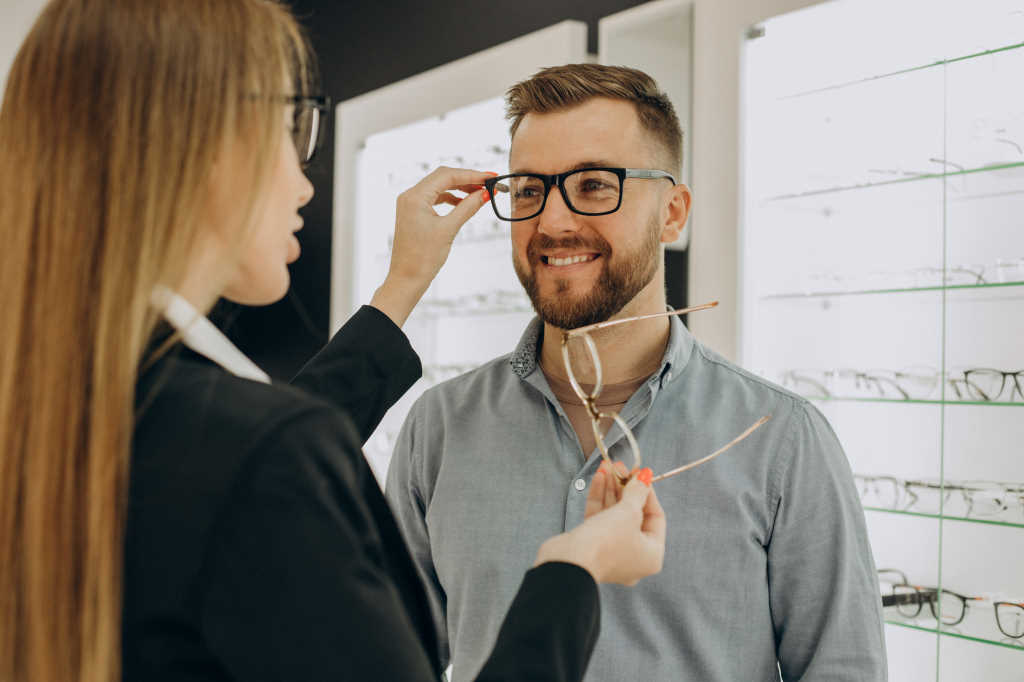Beyond gender - creating an inclusive practice
Eyewear is often considered a means of self-expression, empowering individuals and boosting their confidence. But glasses can be highly gender-specific, which can make some patients feel uncomfortable shopping for them.
Although I don’t personally belong to the lesbian, gay, bisexual, transgender and/or gender expansive, queer and/or questioning, intersex, asexual, and two-spirit (LGBTQIA2S+) community, I have a diverse group of friends who do, and one question they often ask me is why so many practices and frame designs adhere to gender categories. As a heterosexual person who has always been surrounded by the heterosexual bubble, I had been oblivious to the challenges faced by others. However, these questions sparked my curiosity, so I decided to seek some insights from Beccy, a close friend who is part of the LGBTQIA2S+ community.
As a glasses-wearer, navigating the world of optometrists can be quite overwhelming, she said. The limited space within shops can make you feel like you’re in a fish tank, constantly being observed, and if the shopping areas are further divided by gender, the space available to you becomes even narrower, she said. Listening to Beccy made me realise how important it is for us to broaden our perspectives and consider the experiences of others, to be more inclusive and create an environment where everyone feels comfortable and accepted, regardless of their gender identity, age and race.
A more welcoming shopping experience
Organising glasses by style, colour, or size, regardless of gender preference, would greatly improve everyone’s shopping experience, not just the LGBTQIA2S+ community, said Beccy, making a practice more welcoming and expanding its appeal to a broader range of customers, as well as better using the shopping space.
Supporting this idea, Hayley Gardner-Clark, a senior practice buddy at the Hakim Group, which supports independent optical practices across the UK and Ireland, advised organising frames by brand and then by colour, prioritising fit over gender norms to expand patient options and encourage self-expression through eyewear. This approach aims to meet diverse customer needs and preferences, she said. Other advice included opting for brands that offer a diverse array of styles, appealing to various tastes and identities, and avoiding frames limited to specific genders or colours.
During my research on the subject, I discovered Equal Eyewear (whose mantra is ,“We are not all the same, but we are all Equal”) and Eyespace’s new Arhlo brand. Lorna Robinson, head of buying at the Hakim Group, said Equal Eyewear is sold exclusively through the group’s independent practices because of its core values. “To ensure the designs truly met our objectives, we tried them on countless faces. Faces of all genders, sizes and ethnicities. We left no stone unturned, examining every sample we had. The brand’s promotional material reinforces its genderless message, showcasing male and female models together in the same frame. This range allows you to express your unique personality and be true to yourself.”
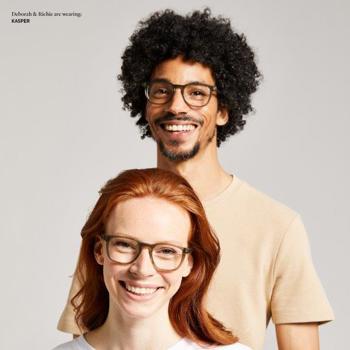
Equal Eyewear models wear the same frame Kasper.
Emily Andrews, product director at Eyespace, said the Arhlo collection was created to provide styles that truly connect with the diverse and unique individuals who wear frames today. “We have made a conscious effort to include a wide range of fitting options, such as petite and larger eye sizes, longer temple lengths, keyhole bridges and flex-hinges, to cater to the diverse needs of our wearers. We believe it is of utmost importance that this collection allows individuals to showcase their own personalities and encourages them to genuinely express themselves through their frames’’.
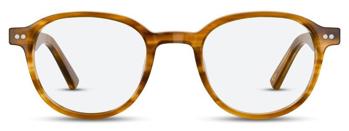
Arhlo model 016.
Selecting the right brands can streamline your store’s merchandising process and enable your staff to effectively serve a broad mix of customers. Talking from experience, the way staff treat customers is also crucial, said Beccy. Staff should never make assumptions or judgements based on someone’s appearance; they should always be friendly and reassure customers they are there to help with any questions to create a practice where every customer feels valued and understood, she said.
The journey towards creating a more inclusive optical practice is not only an imperative shift in perspective but also a valuable opportunity for the industry to evolve, transcending traditional norms and embracing the diversity of human experience. By focusing on brands that champion inclusivity and organising them in a way that prioritises personal style, comfort and their unique brand identity, optometrists can create a welcoming space that celebrates individuality and inclusivity and contributes to a more accepting and inclusive society. This approach not only caters to the LGBTQIA2S+ community but also enriches the shopping experience for all customers, highlighting the universal truth that eyewear is about enhancing personal expression and vision, irrespective of gender, age or race.
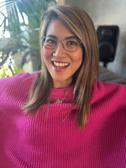
Siu-Yin Shing is an eyewear blogger born in Hong Kong but now based in the UK. Her blog MyGlassesAndMe.co.uk covers eyewear, fashion and everything in between that concerns specs wearers.










